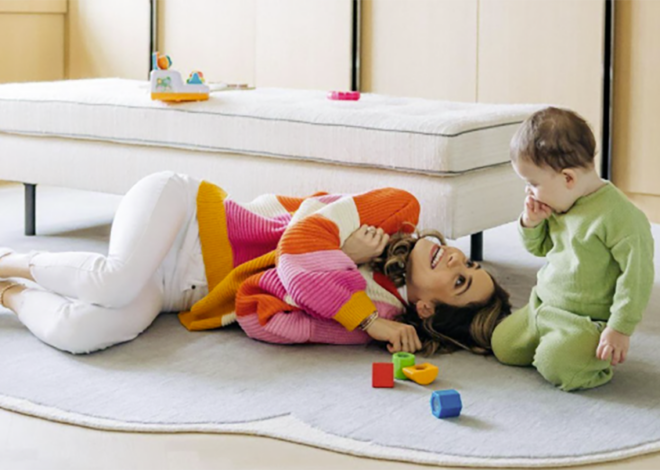Baby Acne Treatment
The standard of beauty for skin is often compared to that of a baby’s smooth, unblemished complexion. In reality, unblemished skin is something that may not happen until a baby is several months old. Newborns and infants often suffer from baby acne. This common condition appears when a baby is around three weeks old and usually resolves on its own several weeks later, according to the University of Maryland Medical Center.
Symptoms
Baby acne manifests as tiny red or white bumps on the face. Sometimes, the surrounding skin is also red and irritated. The reddish color becomes more pronounced when the baby is crying or fussy. Although unsightly, baby acne will not hurt your baby, and it is not uncomfortable or painful.
Causes
Baby acne is thought to be the result of hormonal changes in the mother that occurred during pregnancy. These hormones increase oil production in the baby’s skin, clogging the pores and producing the acne. Baby acne is more commonly seen in boys than girls, for reason unknown.
Treatment
There is no special treatment for baby acne. In time, it will go away on its own. Clean your baby’s skin as you normally would, with a soft rag and warm water. Pat the skin dry, and do not rub or scrub the rash. Mild soaps are also fine, but never use lotions made to treat acne, as most are formulated for the skin of teenagers and would be much too harsh for your baby.
Time Frame
Most newborns are born without baby acne. The rash usually appears when a baby is around three or four weeks old and lasts until the infant is around three months old. Baby acne that lasts for longer than a few weeks or that seems to be getting much worse should be examined by a doctor.
Considerations
There are other rashes common in babies that mimic the look of baby acne. Eczema is a red, raised rash that is triggered by something, often an allergy to pets or food. Seborrheic dermatitis, or cradle cap, primarily affects a baby’s scalp and is caused by excess oils in the skin. The raised, waxy scabs can be reddish in color and extend to the eyes.




